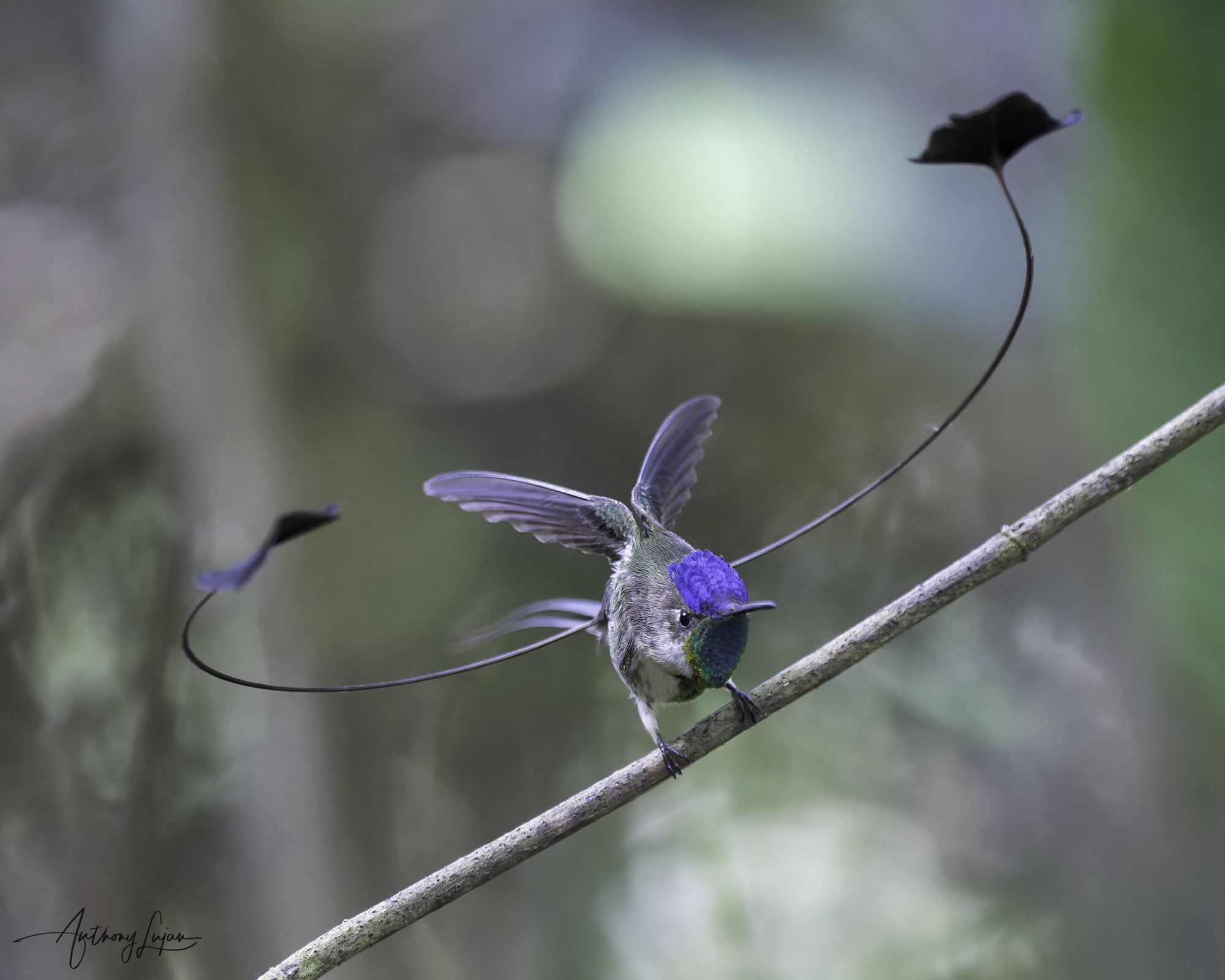Hummingbirds' Legs: Designed for Perching, Not Walking
Introduction
A lesser-known fact about hummingbirds is their unique leg structure. Hummingbirds have tiny legs that are only used for perching and moving sideways while perched. Unlike many other birds, they cannot walk or hop. This article explores the reasons behind this unique adaptation and its significance in hummingbirds' lives.
Anatomy of Hummingbird Legs
Structure and Size
Hummingbirds have extremely short legs and small feet. Their legs are so short that they appear almost non-existent when the bird is in flight. The bones in their legs are fused, which reduces flexibility and mobility, making it difficult for them to walk or hop.
Specialized Feet
The feet of hummingbirds are adapted primarily for perching. They have strong, curved claws that allow them to grip branches and other surfaces securely. This specialization is crucial for their lifestyle, as they spend a significant amount of time hovering and feeding on nectar from flowers.
Functions of Hummingbird Legs
Perching
The primary function of hummingbird legs is perching. When they are not flying, hummingbirds rest by perching on branches, wires, or other structures. Their strong, curved claws allow them to grip tightly, even in windy conditions. Perching helps them conserve energy, as flying requires a tremendous amount of energy due to their rapid wingbeats.
Sideways Movement
While perched, hummingbirds can move sideways along a branch or other perch. This sideways movement is facilitated by the structure of their legs and feet. This ability is useful for adjusting their position to get a better angle for feeding or to communicate with other birds.
Why Hummingbirds Can't Walk or Hop
Evolutionary Adaptations
Hummingbirds have evolved to prioritize flight over walking. Their entire anatomy is adapted for efficient and agile flight. This includes having lightweight, streamlined bodies and powerful wing muscles. As a result, their legs have become specialized for perching rather than walking or hopping.
Energy Conservation
Walking or hopping would require a different set of muscular and skeletal adaptations, which hummingbirds do not possess. Given their high metabolism and the energy demands of hovering and rapid flight, it is more energy-efficient for them to fly directly to their destination rather than walking or hopping.
Predation and Survival
The ability to take off quickly from a perch is vital for avoiding predators. Hummingbirds can launch into flight almost instantly from a perched position. This rapid response time helps them evade threats more effectively than if they had to walk or hop away.
Conclusion
Hummingbirds are uniquely adapted to their aerial lifestyle, with tiny legs that are perfectly suited for perching and moving sideways but not for walking or hopping. These adaptations highlight the remarkable evolutionary path that has enabled hummingbirds to thrive in their environments. Understanding the specialized function of their legs provides deeper insight into the lives of these fascinating birds and the intricate balance of nature's designs.
Please note: The content provided on this blog is for educational purposes only and contains general information.

